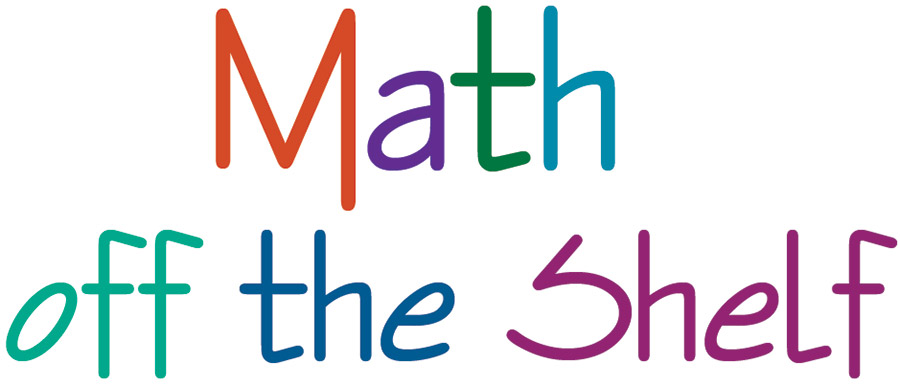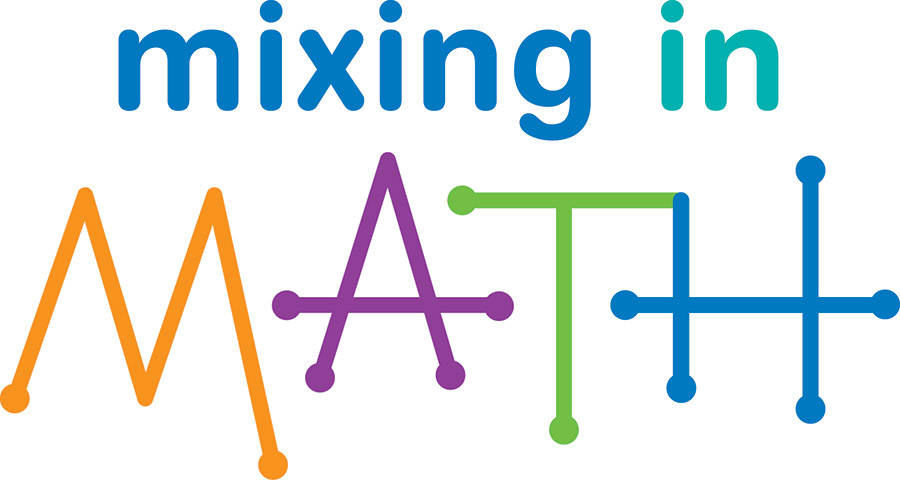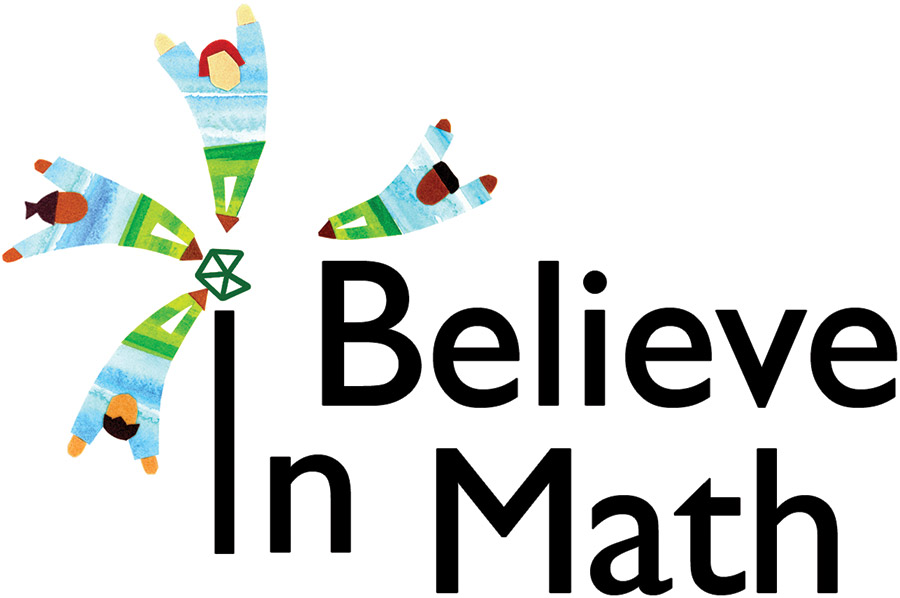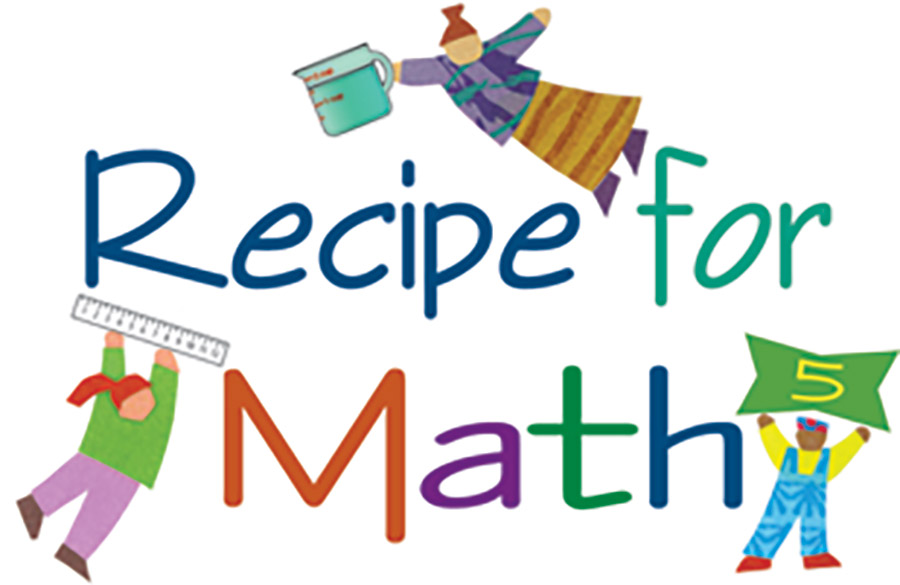MiM now consists of a large bank of activities, games, and projects for ages 3-12 in English and Spanish.
They are based on over 15 years of research and development supported in part by The National Science Foundation. MiM has been piloted all over the US, in settings ranging from homes to museums to preschools. Research demonstrates that children and adults using MiM build math skills and confidence, promote understanding of math in everyday life, and promote positive math attitudes. MiM is designed to be accessible to everyone, including those with little mathematical comfort or confidence.
Past projects
Key project staff (1999-2013): Marlene Kliman, Valerie Martin, Martha Merson, Nuria Jaumot-Pascual, Lily Ko
Math off the Shelf, funded by The National Science Foundation, DRL-0714537, 2007-2013

Public libraries exist in virtually every community in the nation, and increasingly, families rely on them as a free, safe place for children in grades K-5 to spend time in the absence of other care. They are an ideal venue for reaching a large and diverse population with math. To that end, we created math materials for library staff to use with children and families, and we supported peer-led outreach via state and national library associations. Partners included the library systems of Queens, San Jose, St Louis, Westchester County, and dozens of libraries in AZ, CT, FL, and MA. As of 2012, we had documented 60,000 informal and formal educators using MiM with over 925,000 children in every state in the US.
External evaluation identified dramatic changes in attitudes about math and its role in the library, in the amount of math offered to children and families, and in communication about math with library patrons and peers.
Mixing in Math, funded by The National Science Foundation, ESI-0406675, 2004-2009

After-school programs, with their wealth of creative, physical, and social activities, offer tremendous potential for interdisciplinary activities; but like many informal educators, after-school staff are often uncomfortable with math. To promote more math in after-schools serving grades K-6, we developed a wide range of interdisciplinary math resources, and we worked with national and regional organizations to promote peer training and outreach. Partners included YMCA of Santa Clara Valley/Silicon Valley, CA; BELL, Boston and NYC; Girls Inc of NH; and St Louis Science Center community outreach programs.
External evaluation demonstrated that MIM was readily accessible and well-used without training, promoted substantial long-term gains in amount of math that after-school staff provided for children, and led to after-school staff and children building math skills and engagement.
I Believe in Math, funded by IBM Global Work-Life Fund, 2007-2015

Through several related projects, we brought MiM to parents and other caregivers of children aged 3-12 in the US, Canada, Argentina, and other Spanish-speaking countries. We created booklets of math activities for childcare centers, family day care, and after-school providers, and we developed professional development resources. Those who care for children of IBM employees receive the materials for free.
Impact evaluation showed that the materials made a substantial difference in quantity and quality of math experiences and in the development of positive math attitudes among caregivers. Attitude changes were particularly salient among caregivers with a history of math avoidance.
Recipe for Math, AT&T Family and Work Development Fund, 2006-2007

We developed a “recipe box” of activities that integrate math into everyday family life, including math to do while making dinner, cleaning up, reading bedtime stories, and enjoying down time together. AT&T distributed the materials to hundreds of employees with children aged 3-12.
Math Packs for Families, The National Science Foundation, ESI-9901289, 1999-2003
To meet the needs of working parents eager to support children’s math learning, we created math materials that integrate math into daily activities: carpooling, making dinner, and telling about your day. Work-life benefits provider Ceridian Performance Partners distributed the materials to parents at their workplaces. External evaluation showed that the materials led to a boost in math-related skills, attitudes, and confidence among parents and children.
Research publications
Kliman, M. Family, Friends, Neighbors, and Math: The Nana y Yo y las Matemáticas Project. Hands On! (Summer, 2015)
Kliman, M., Jaumot-Pascual, N., Martin, V. (2013). Designing for Diversity: Strategies for embedding mathematics in out-of-school programs for children in the elementary grades. Teaching for Equity and Excellence in Mathematics (5).
Kliman, M., Jaumot-Pascual, N., Martin, V. (2013). How Wide Is a Squid Eye? Integrating mathematics into public library programs for the elementary grades. Afterschool Matters (17).
Kliman, M. (2010). Mixing Math into AfterSchool. School Age NOTES: Resources for afterschool professionals. 30 (6).
Kliman, M. (2006) Math Out of School: Families’ Math Game Playing at Home. The School Community Journal. 16 (2).
Using Mixing in Math has been a valuable an enriching experience for all of us—librarians, kids, and parents—as it has heightened our awareness of the many ways we are using basic math skills in our everyday lives. It’s a terrific way for children’s librarians to offer programs that foster both literacy and math skills!
